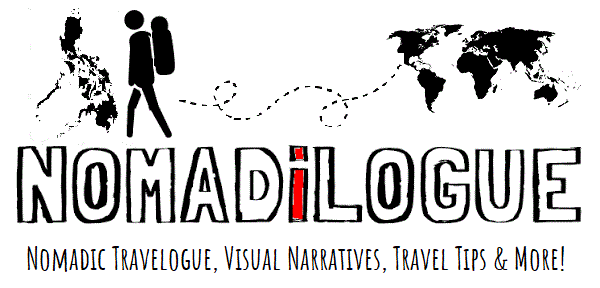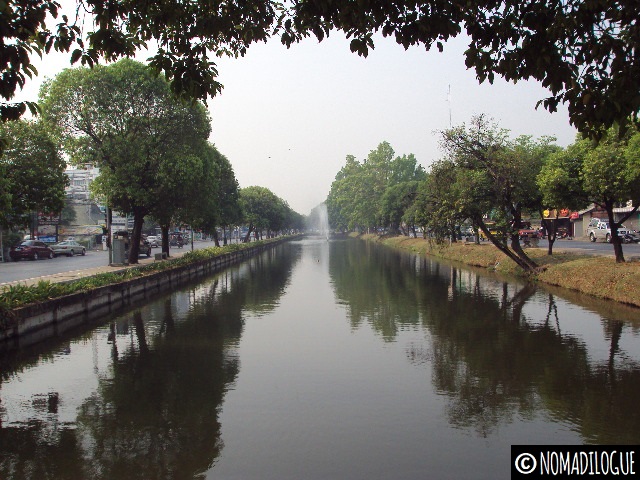 Walking around Chiang Mai is a visual feast. It is home to many of the most stunning old temples in Thailand.
Walking around Chiang Mai is a visual feast. It is home to many of the most stunning old temples in Thailand.
Perhaps the most stunning sights in Chiang Mai are the Buddhist temples scattered around the city and its periphery. Did you know that there have been some 300 temples constructed all over the Chiang Mai Province? Apparently, it would take you at least a week before being able to visit all of them!
Walking is the best way to wander around Chiang Mai. Just grab a free map from your guesthouse and choose your own itinerary. Majority of the most stunning old temples are only within the 2 kilometers squared city walls.
As compared to the ones you see in Bangkok, various cultures like Burmese, Sri Lankan, Mon and Lanna have influenced the architectural styles of the temples in Chiang Mai. In most temples, intricate stone and woodcarvings of dragon-like naga serpents and elephants can be found. Wat’s interior and exterior are, as usual, adorned with gold designs, opulent decorations, and colorful mural paintings.
We began our walking tour at the western gate of the walled city. From Loh Kroi Road, we headed off to Ratchadamnoen Road, the main road in the old town of Chiang Mai. This is the district where the former kings of Thailand built most of their wats and palaces.
Our first stop was Wat Muen Lan, the first temple you reach after crossing the Tha Phae Gate. It’s just a small temple with Burmese-inspired style. Afterwards, we visited Wat Saimoon Muang. This Buddhist temple was built in 1487 during the reign of the King Tilokarat. According to the plaque in the grounds, originally the temple was called Wat Aranbarnpa but changed its name to Wat Sai Moon Muang in 1907 after the Saimoon swamp area in which it was originally situated.
Inside the temple is a large principal Buddha image, which is said to have come from an area north of Chiang Mai in the old city of Chiangsaen.
We also passed by more small temples (Wat Phan On, Wat Sum Pow, etc.) along Ratchadamnoen Road before getting to the popular Wat Chedi Luang. Located on the southern part of Ratchadamnoen Road at the junction of Phra Pok Klao Road, it is my favorite temple among the array of temples we visited in Chiang Mai!
I was really overwhelmed by the height, architecture and sculptures of this ruined temple, which dates from the 14th and 15th centuries. The well-preserved wat is surrounded by a monumental stairway, elephants and mythical snakes (naga).
There’s also a towering Dipterocarp tree next to the entrance. Also located in Wat Chedi compound is a temple called Wat Pan Tao, which literally means “to increase 1,000 times.” This small temple has beautiful carvings and contains a large reclining Buddha.
Afterwards, we visited Wat Phra Singh (Temple of the Lion Buddha). It is an important Buddhist monastery in Thailand, which also houses two old and sacred Buddha statues. This Buddhist temple is home to three main structures, the primary attraction being the beautifully decorated assembly hall and its restored mural paintings depicting the lives of locals hundreds of years ago.
Wat Phra Singh can be found at the western end of Ratchadamnoen Road. Worthy of note in this temple are the Lanna-style roofs and glittering viharn (assembly hall).
Finally, another notable temple within the walls is Wat Chang Taem. It’s just a short walk away, close to the Chang Puak gate. Literally means "Temple of 10,000 Drops of Rain”, Wat Chang Taem houses the Fon Saen Ha Buddha which is over a thousand years old. It is an important temple during the annual Lak Mueang Festival or Inthakhin Festival.























































